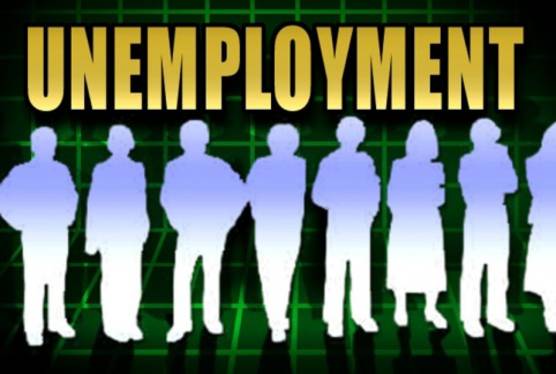Registering its third-highest monthly haul since 1990, California added 145,000 jobs in October and its jobless rate below 10% for the first time since before the COVID-19 pandemic.
California employers hired more people than any other state last month and the Golden State has now recovered nearly 45% of the 2.6 million nonfarm jobs lost at the outset of the pandemic.
After a record 16.4% mark set in May, California’s jobless rate has improved for the fifth straight month to 9.3%, according to the latest U.S. Bureau of Labor Statistics report.
Despite the improvement, California remains well above the nationwide average of 6.9% and is one of seven states with over 8% unemployment. California leads the nation with 1.3 million jobs lost over the last 12 months, with unemployment up 5.4% compared to October 2019.
Jeffrey Clemens, economics professor at University of California, San Diego, says the October numbers are great on the surface, but a deeper dive reveals California’s pandemic recovery is still lagging compared to most of the country.
“This gain of just under 150,000 jobs is great news for the people that got those jobs,” Clemens said. “But 9.3% unemployment remains a tremendous amount of hardship by any standard.”
Friday’s update follows another tumultuous week in the state’s pandemic fight, as Governor Gavin Newsom has placed most of the state’s counties under severe coronavirus restrictions and implemented a limited curfew.
The latest round of pandemic business restrictions is already translating to job losses, as for the first time in about a month, the number of applications received and claims processed by the California Employment Development Department increased from the week before.
The uptick is certain to add more strain on the department which has already approved since March over 16.4 million claims for a staggering $110 billion — a figure larger than the total budget of most states.
The department has been a black eye for Newsom and the state’s pandemic response, exploited by fraudsters and mired in a 600,000-case backlog due to its outdated technology. In response to the department’s failures, Newsom created an independent strike team and the Legislature approved an emergency audit.
In total, California has 1.7 million unemployed residents, a 136% year-over-year spike. California counties with double-digit unemployment rates include Imperial (18.8%), Los Angeles (12.1%), Tulare (10.9%), Kern (10.6%) and San Joaquin (10%).
According to jobless rate data gathered from a pair of mid-October surveys, unemployment rates dropped in 37 states and the District of Columbia. Illinois tallied the largest decline with 3.6%, followed by Rhode Island (3.5%), Michigan (3.1%), Ohio (2.7%) and Delaware (2.7%).
The pandemic-induced stoppage of California’s $3 trillion economy put millions of residents suddenly out of work and sent jobless claims soaring. The state estimates 2.6 million nonfarm jobs were lost during March and April while statewide unemployment peaked at 16.3 % in May.
Though the state’s jobless rate has risen steadily since the spring, Clemens predicts the next few updates won’t be as rosy due the measures taken by state and local officials to yet again rein in the stubborn virus.
“The odds of seeing continued strong employment growth seem low,” said Clemens.
Because November’s surveys were administered last week — before the latest round of coronavirus measures — Clemens says the presumably negative employment impacts caused by the restrictions and spiking infections will likely spread out over the next several surveys and not all at once.
The estimated unemployment percentages are garnered from a pair of federal surveys with sample sizes of more than 200,000 combined businesses, government agencies and households. The next monthly update is due out on Dec. 18.
Driving California’s October gains, the leisure and hospitality sector added 66,000 new jobs and professional and business services added 35,000. In total, nine of California’s 11 major industries added jobs, while the government and mining and logging sectors saw net job losses.
The agricultural industry added 5,600 jobs but has cut over 87,000 since October 2019.
California Labor Secretary Julie Su cast October’s numbers as “strong” but acknowledged progress will be stunted if residents ignore the tightened public health restrictions over the holidays.
“California’s ongoing economic recovery depends upon each and every one of us doing our part,” Su said in a statement. “With the state under a limited stay-at-home order and as we approach the holiday season, how we choose to navigate public and workplace interactions will have a direct impact on our loved ones, our friends, our communities and our economy.”
— By Nick Cahill, CNS
Like this:
Like Loading...
Related





 Tweet This
Tweet This Facebook
Facebook Digg This
Digg This Bookmark
Bookmark Stumble
Stumble RSS
RSS

























REAL NAMES ONLY: All posters must use their real individual or business name. This applies equally to Twitter account holders who use a nickname.
0 Comments
You can be the first one to leave a comment.